11 luxury plants that will instantly elevate your garden, say landscape designers
According to design experts, it’s easy to create a chic, expensive-looking garden with the right plants
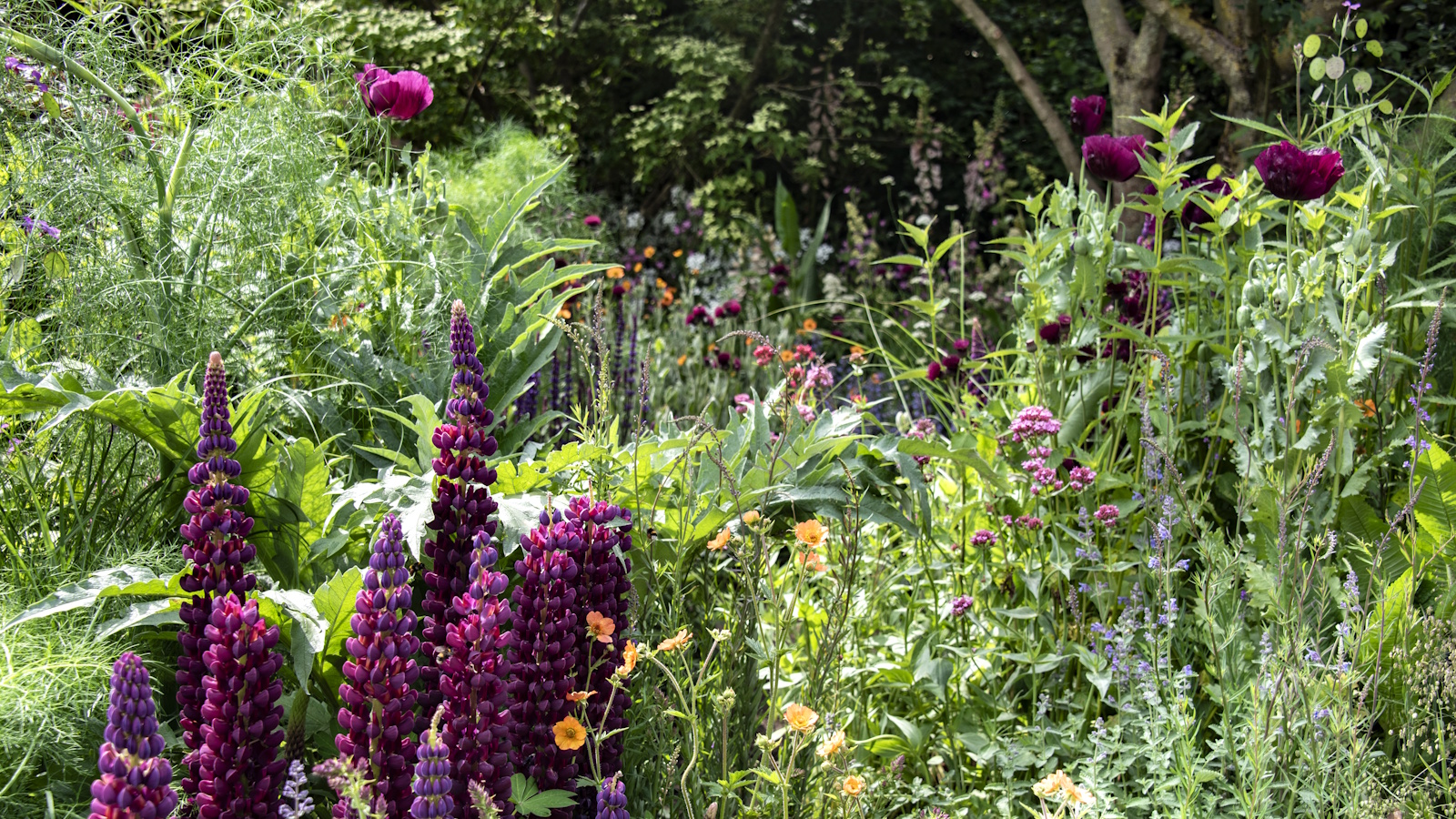

Creating a truly elegant garden isn’t just about size or symmetry (although both are important, as any designer worth their salt will tell you). Instead, it’s about the atmosphere – and investing in the right luxury plants can go a long way to elevating that.
It's less about flash, more about finesse, because luxury planting within your backyard ideas is all about layering texture, shape, and colour. Whether it’s the soft sway of ornamental grasses, the lush fronds of an evergreen fern, or the rich velvet of a deep red rose, the trick is to pick those plants that are visually impactful. That whisper sophistication rather than shout for attention.
More important than all of this, though, is the fact that luxury doesn’t have to mean high-maintenance; many expensive-looking plants are actually very easy to grow, especially when chosen to suit your soil type and setting.
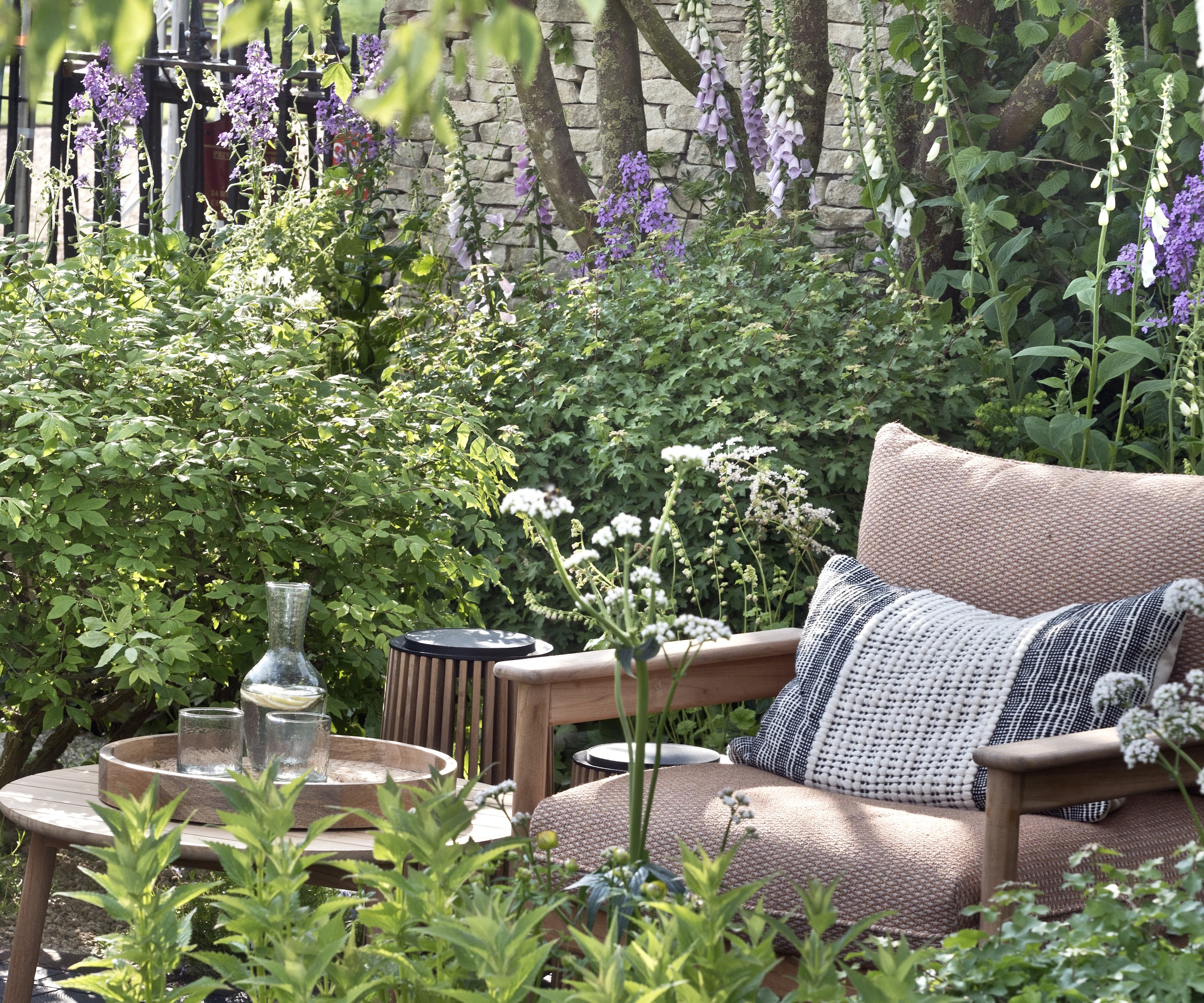
11 luxury plants that will instantly elevate your garden
If you want to master the art of selecting luxury plants, forget stocking your garden borders with exotic rarities. Instead, you need to focus on curating a space that feels harmonious, high-end, and deeply personal.
Whether you’re redesigning a grand estate or elevating a modest city courtyard, then, these are the designer-approved plant choices will help transform your yard into a luxurious retreat.
1. Tree ferns

It's good news for anyone who knows how to grow ferns, as these striking garden additions have long been upheld as luxury plants by experts.
'Tree ferns in particular can instantly shift a space from suburban to cinematic. Their prehistoric vibe and sculptural presence make them feel rare and luxurious,' says Seth Pearsoll, Creative Director and VP, Flower Show at Pennsylvania Horticultural Society.
Design expertise in your inbox – from inspiring decorating ideas and beautiful celebrity homes to practical gardening advice and shopping round-ups.
'Most need protection from harsh winters (zones 9–11), so they’re often grown in containers or sheltered microclimates.'

Seth Pearsoll’s role as Creative Director and Vice President for the Philadelphia Flower Show allows him to contribute to a variety of design tasks and creative projects. He focuses on finding and creating relationships with exciting new designers and creators for the Flower Show. Part of what makes the Flower Show exciting is the group of amazing garden, floral, and landscape designers who participate, and Seth leads the team in charge of showcasing their collective efforts.
2. Tree peony
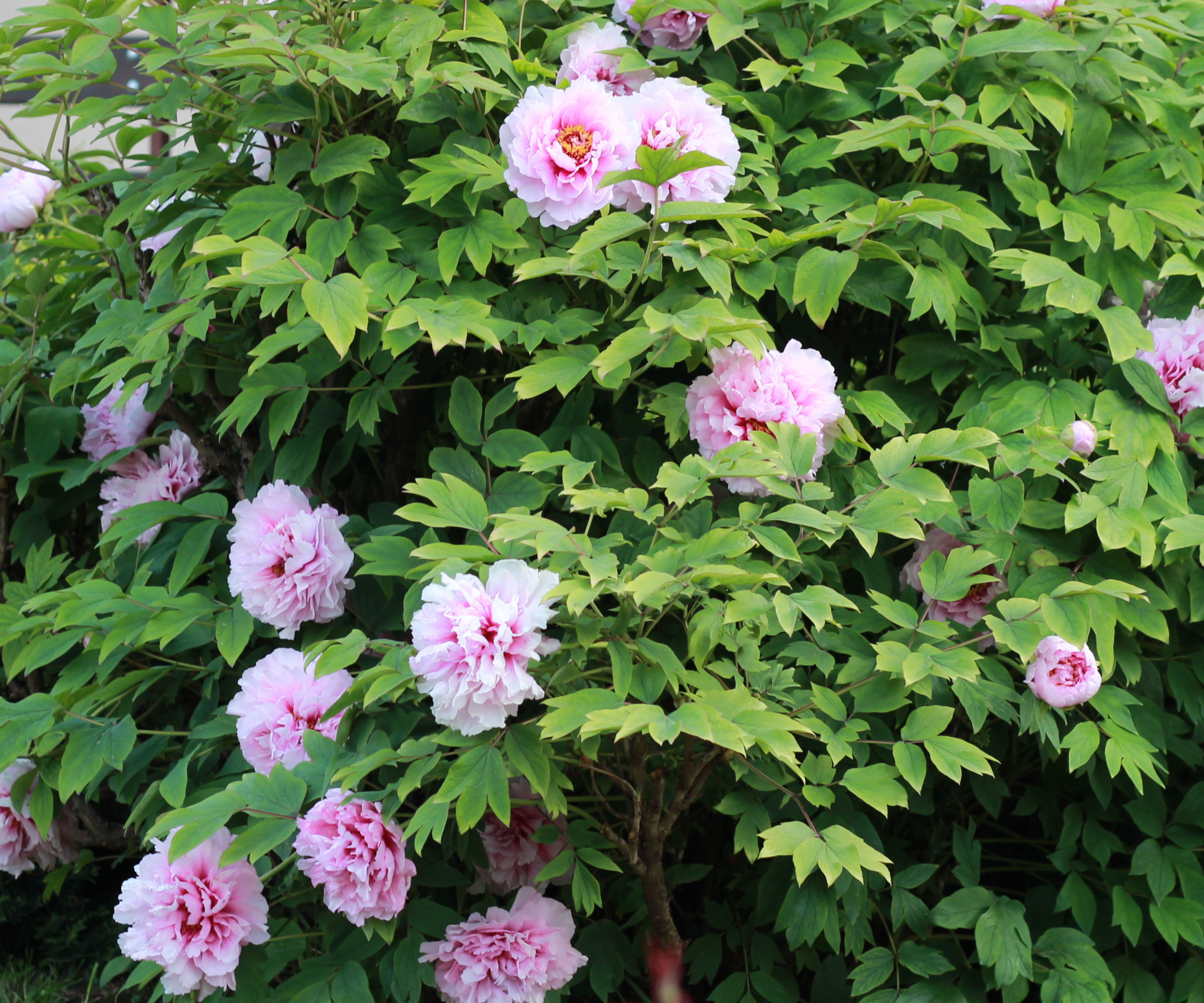
You may already know how to grow peonies, but tree peonies (aka Paeonia suffruticosa) take things one step further, adding both sculpture and dinnerplate-sized blooms to your backyard.
'The tree peony has become more popular recently, perhaps because of it’s opulent flowers which are large, ruffled and exquisite,' promises Ellen Mary Webster, author and professional gardener.
'Tree peony flowers can be yellow, pink, dark red and not only do they smell divine but the petals also look a little like silk. Grow these in zones 4 to 8 in full sun, or very light shade. They will need good, well drained soil and are worth the wait for them to flower.'

Ellen Mary is an experienced horticulturist, author and wellness advocate, and has appeared on TV in the USA and the UK. She has also spoken at shows around the world for many years, including BBC Gardeners World Live and RHS Hampton Court to name a few, and as a copywriter has articles published in many magazines, including Amateur Gardening Magazine and Grow Your Own.
3. Hydrangea
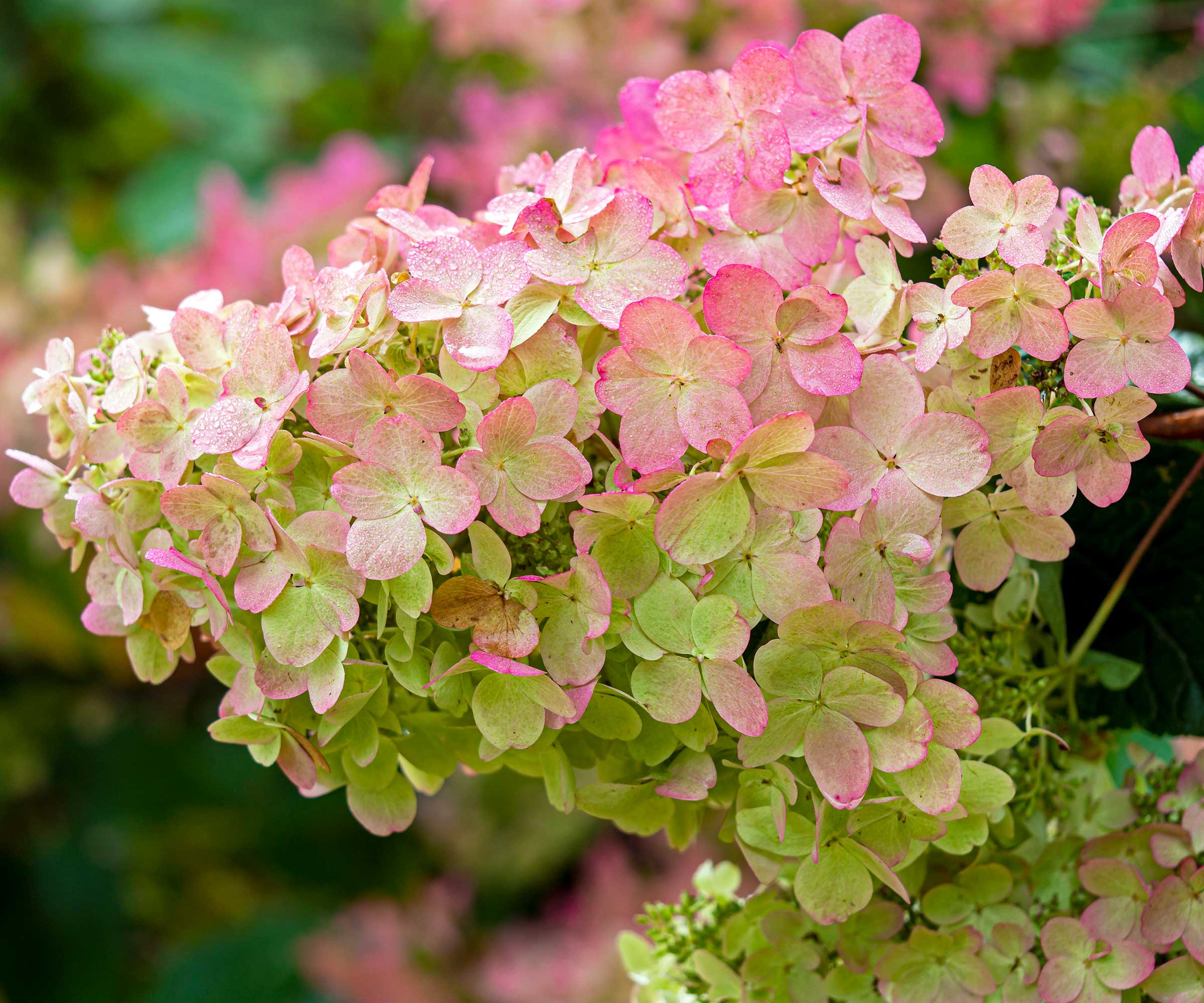
If you're on the hunt for luxury plants that can be included in all of your favourite flower bed ideas, then consider this a sign that it's time to learn how to grow hydrangeas like a pro.
'Hydrangeas come in a vast array of cultivars, sizes, hues, and preferred growing conditions, making it easy to find a hydrangea that's right for you,' explains designer Linda Vater , who rates 'their large, cloud-like blooms, ranging from soft blues and pinks to crisp whites, for those who want to make a bold yet romantic statement'.
'Whether planted in rows or as focal points, hydrangeas bring fullness and grace to the garden, with a long blooming season that adds to their upscale charm,' she continues, pointing out that their preferred sun exposure and zone hardiness can vary based on the variety.
Linda goes on to note that, 'for Hydrangea macrophylla (bigleaf hydrangea), zone hardiness is generally USDA zones 6–9, (some varieties hardy to Zone 5) preferring partial to full shade'.
'However, Hydrangea paniculata bloom optimally in full sun, and can tolerate full sun to partial shade,' she adds. 'In fact, paniculata varieties can be cold hardy to USDA zones 3 or 4 to 8 or 9.
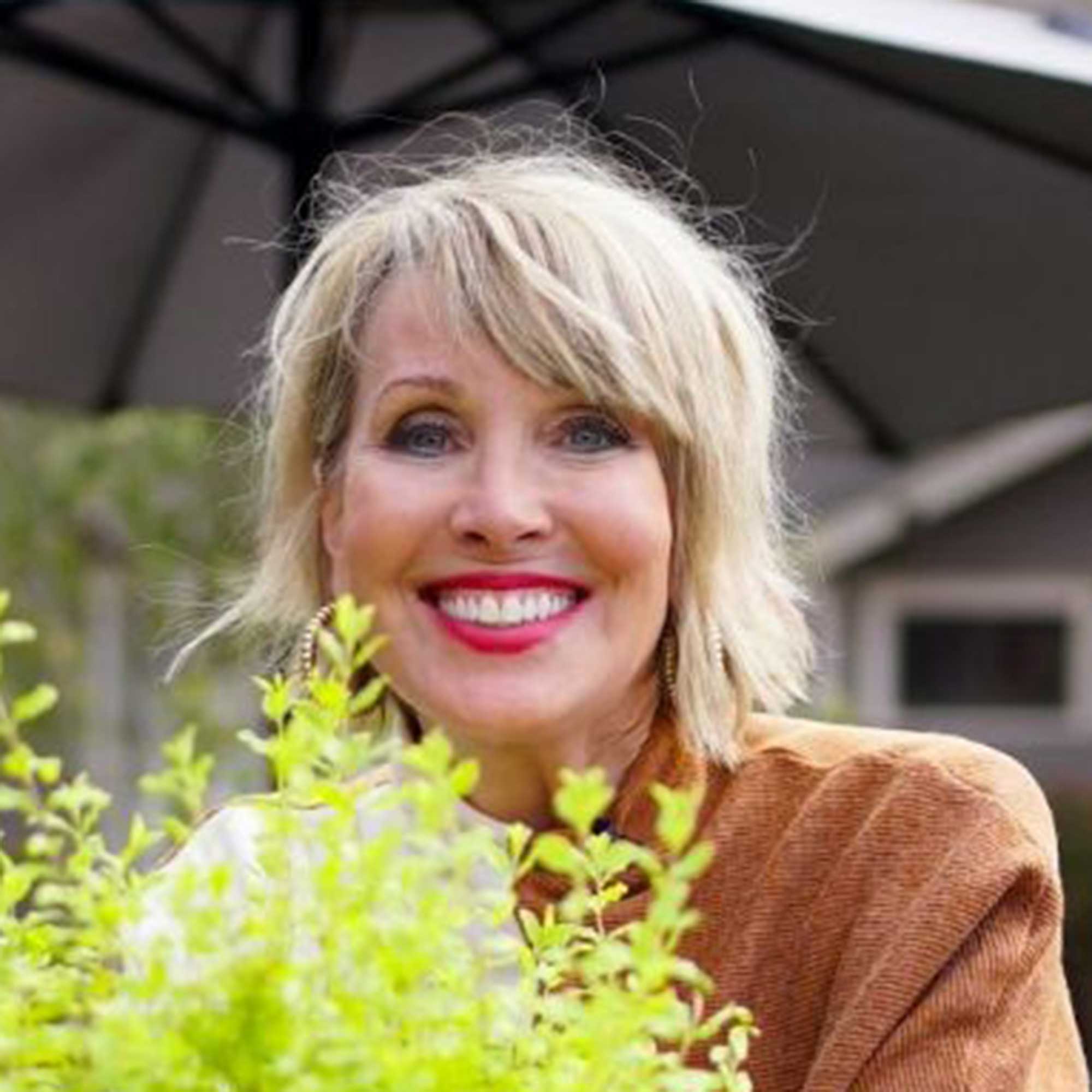
Linda is a self-taught garden designer, stylist, and content creator who views all of life through a gardening lens. The founder of a popular YouTube channel dedicated to gardening, Linda is also the author of several books, including her latest publication: The Garden Journal: A 5-Year Record Of Your Home Garden.
4. Japanese maples

There are plenty of varieties of Japanese maples to choose from, and their vibrant leaves and sculptural form make them a must for anyone on the hunt for a truly luxury plant.
'Varieties with threadleaf foliage or ghostly variegation instantly elevate a garden,' says Seth, noting that 'they feel curated, not common'.
Better still? He goes on to explain that growing Japanese maple trees is a lot easier than you might think, so long as you plant them in the right spot and keep them well watered.
'Many grow best in dappled light with well-drained soil, and are hardy in zones 5–8, depending on cultivar,' he advises.
5. Outdoor orchids

Can you grow orchids outdoors? Absolutely you can, so long as you select the right type of orchid and research the specific orchid care needed to help it thrive in your garden.
'Hardy terrestrial orchids like Bletilla or Cypripedium feel like more than just luxury plants; they're secrets whispered into the landscape,' says Seth.
'They carry the mystique of indoor orchids, but thrive in dappled shade and rich, moist soil,' he goes on to say, pointing out that they will be hardy in zones 5–9 depending on the type.
6. Roses

One of the most beloved and iconic luxury plants, it's little wonder that rose garden ideas continue to prove so popular.
'There is no other flower more luxurious than an English red rose. Try the shrub rose ‘Darcy Bussell’ or the climbing ‘Etoile de Hollande’ or one of the many other red roses for some pure romance in the garden,' says Ellen Mary, who stresses that 'roses require a sheltered spot, sun, well drained soil and pruning to thrive and will grow in zones 5 to 9 mostly'.
Professional rosarian Wes Harvell of Jackson & Perkins, meanwhile, rates the La Di Da™ Floribunda Rose for its luxury status. 'This fragrant rose boasts continuous waves of 3-inch lavender blooms from late spring to late fall, adding a touch of elegance to any garden,' he says.
'Its unique colour and fruit, spicy fragrance make it a standout choice for a sophisticated landscape and cuttings. They thrive in zones 5-9 in full sun with well-draining soil,' adds Wes, who also recommends the Red Ribbons™ Ground Cover Rose for those who have the space.
'This mounding ground cover features vibrant red blooms that can reach heights up to 3-feet, adding a touch of opulence to garden beds and borders all summer long. Its continuous blooming and rich hue provide a lavish ground-level display,' he says, noting that it does best in full sun with fertile, well-drained soil in zones 4-9.

Wes is horticulturally educated with over 30 years in the rose business as a salesman, merchandiser, marketer, and online retailer. He is currently the rosarian for the collection of JPPA Inc., garden brands: Jackson & Perkins, Wayside Gardens, and Park Seed.
7. Italian Cypress
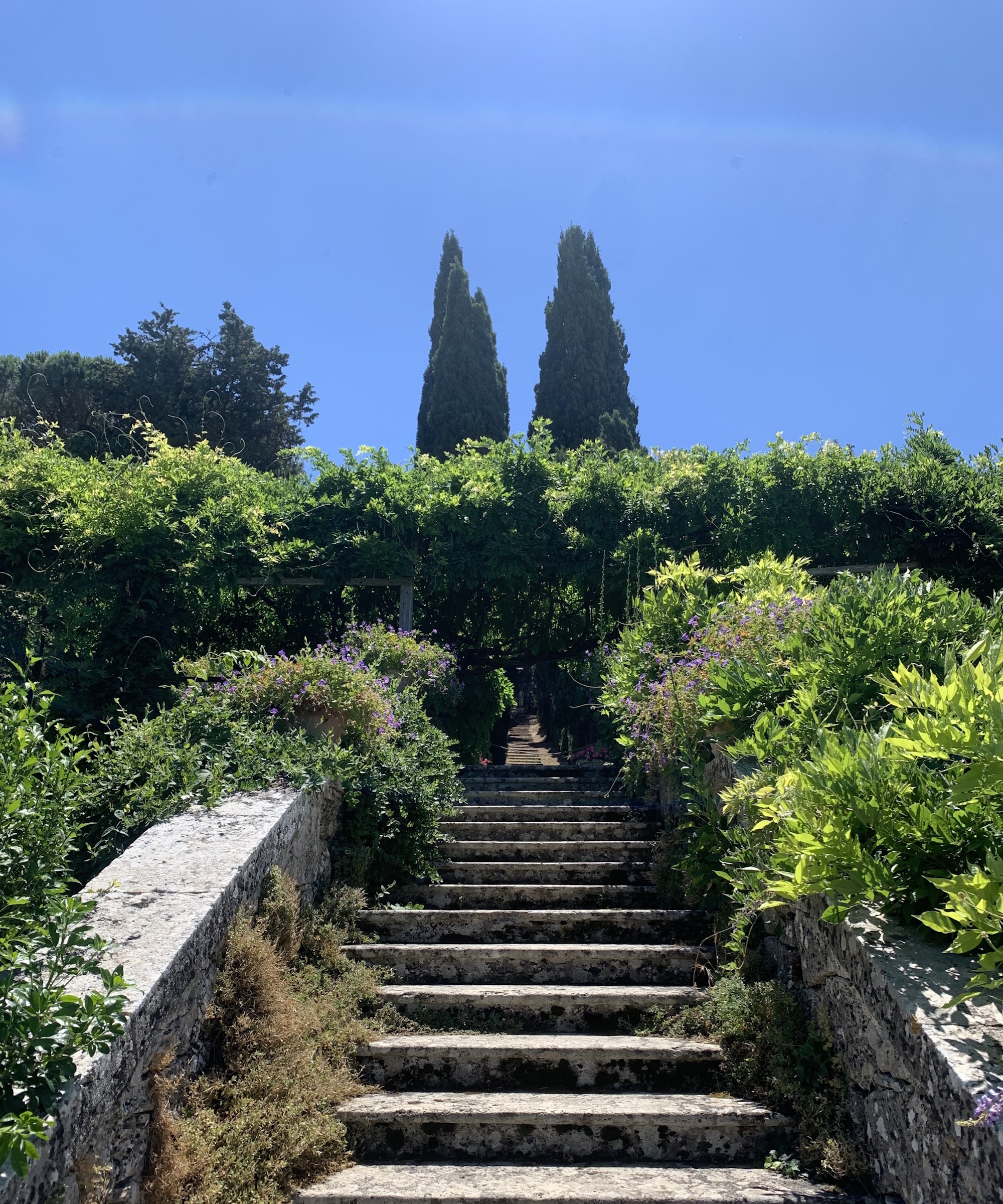
We've said it before and we'll say it again; landscaping with evergreens is a sure-fire way to elevate any backyard, no matter its size, adding plenty of structure and glossy green colour all year round.,
'Bringing a touch of the Mediterranean adds a luxurious feel to a garden,' says Ellen Mary, 'and Italian Cypress (Cupressus sempervirens) are like tall statues adding drama and Beverly Hills opulence to a space, especially if planted in a row along a driveway.'
She adds that these luxury plants grow well in zones 7 to 10, and need both full sun and well drained soil to thrive.
8. Boxwood

Boxwood (Buxus sempervirens) is another evergreen shrub to add to your list of luxury plants, thanks to its smart look.
'One way to add timeless elegance to your garden and elevate the structure of your foundation plantings is with boxwood,' says Linda. 'These evergreen shrubs bring vibrant four-season color and formality with their dense, fine-textured foliage.'
The designer goes on to explain that, 'whether shaped into low hedges, neat mounds, or classic topiary, boxwoods create clean lines and a polished, luxurious look that works in both traditional and modern gardens'.
'For those gardening in small spaces or balconies, boxwoods work well as container plantings. But, if you live in an area where boxwood blight is present, it's important to select a blight-resistant variety to ensure that your plants remain healthy and attractive for years to come,' she suggests.
Boxwoods thrive in zones 5-9 in partial shade to full sun.
9. Lavender

One of those luxury plants that is guaranteed to make your patio smell nice, lavender has long been beloved by gardening experts for its ability to add colour and structure to an outdoor space (not to mention attract plenty of pollinators).
That being said, some lavender varieties are better than others. 'Lavandula Phenomenal™ is known for its exceptional fragrance and striking color flowers, evoking the charm of Mediterranean landscapes,' raves Wes.
'Its aromatic presence and soothing color palette enhance the tranquillity of upscale outdoor spaces. Best growing results occur when planted in a spot that gets full sun with well-drained soil in zones 5-8.'
10. Clematis
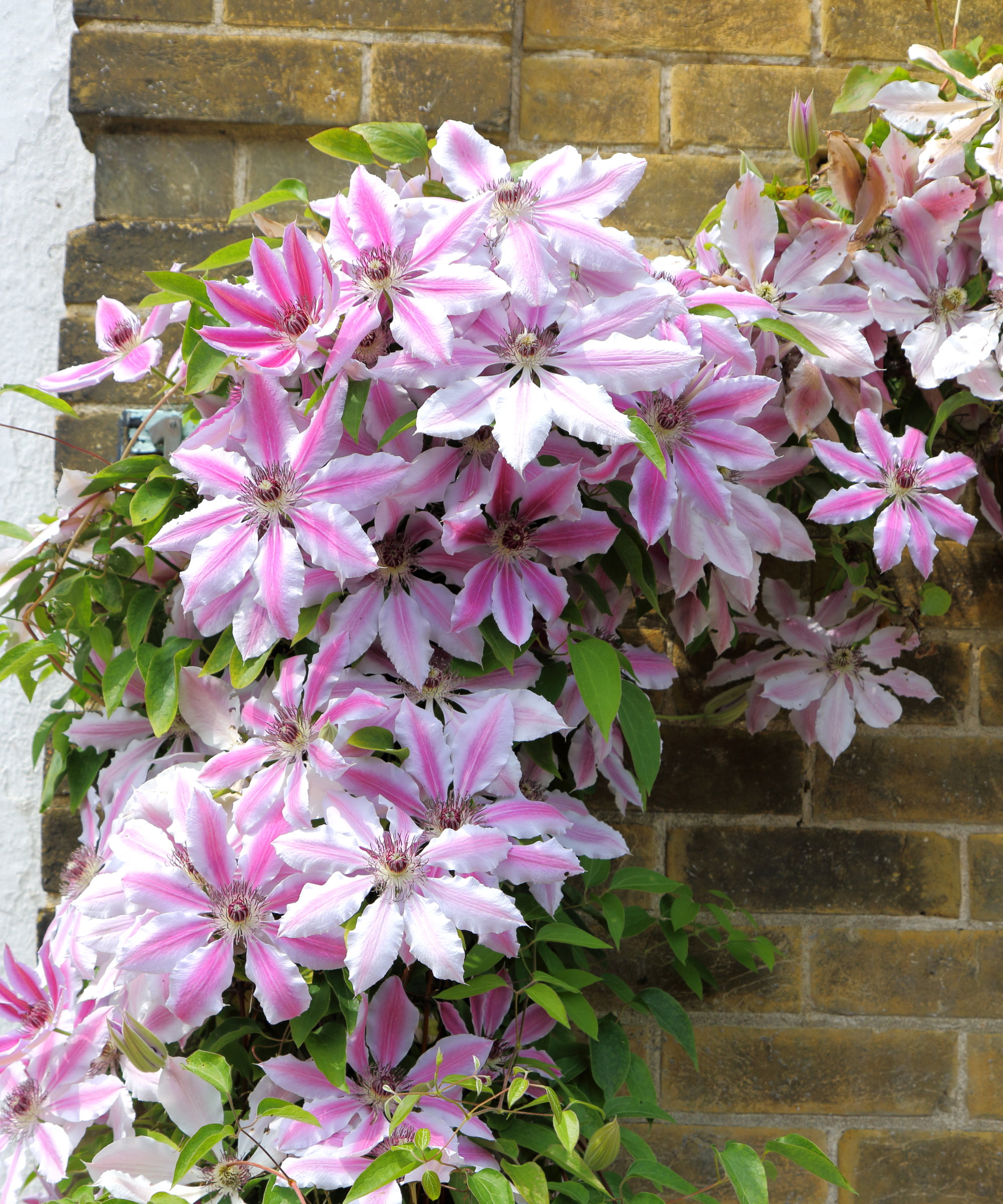
It's little wonder that a flowering climber made our list of luxury plants, not least of all the ever-striking clematis.
'When done right, clematis is like garden jewellery; delicate, dazzling, and full of personality,' observes Seth, who advises you brush up on the best clematis varieties to grow before you start shopping.
'It can climb trellises, walls, or weave through shrubs. Plus, with hundreds of varieties, most prefer sun on their foliage and cool roots (zones 4–9).'
Wes agrees, noting that he is particularly fond of Clematis 'Sweet Autumn'. 'This vigorous climber produces an abundance of fragrant white flowers from late summer to early fall, creating a cascading effect over trellises and fences, and its late-season blooms and sweet scent with hints of sugar, honey, and vanilla add elegance to vertical spaces,' he says.
'It prefers full sun to part shade and fertile, moist, well-drained alkaline soil in zones 5-9. But it tolerates a wide variety of soils, including chalk, clay, and loams and that are acid or alkaline.'
11. Cane begonias
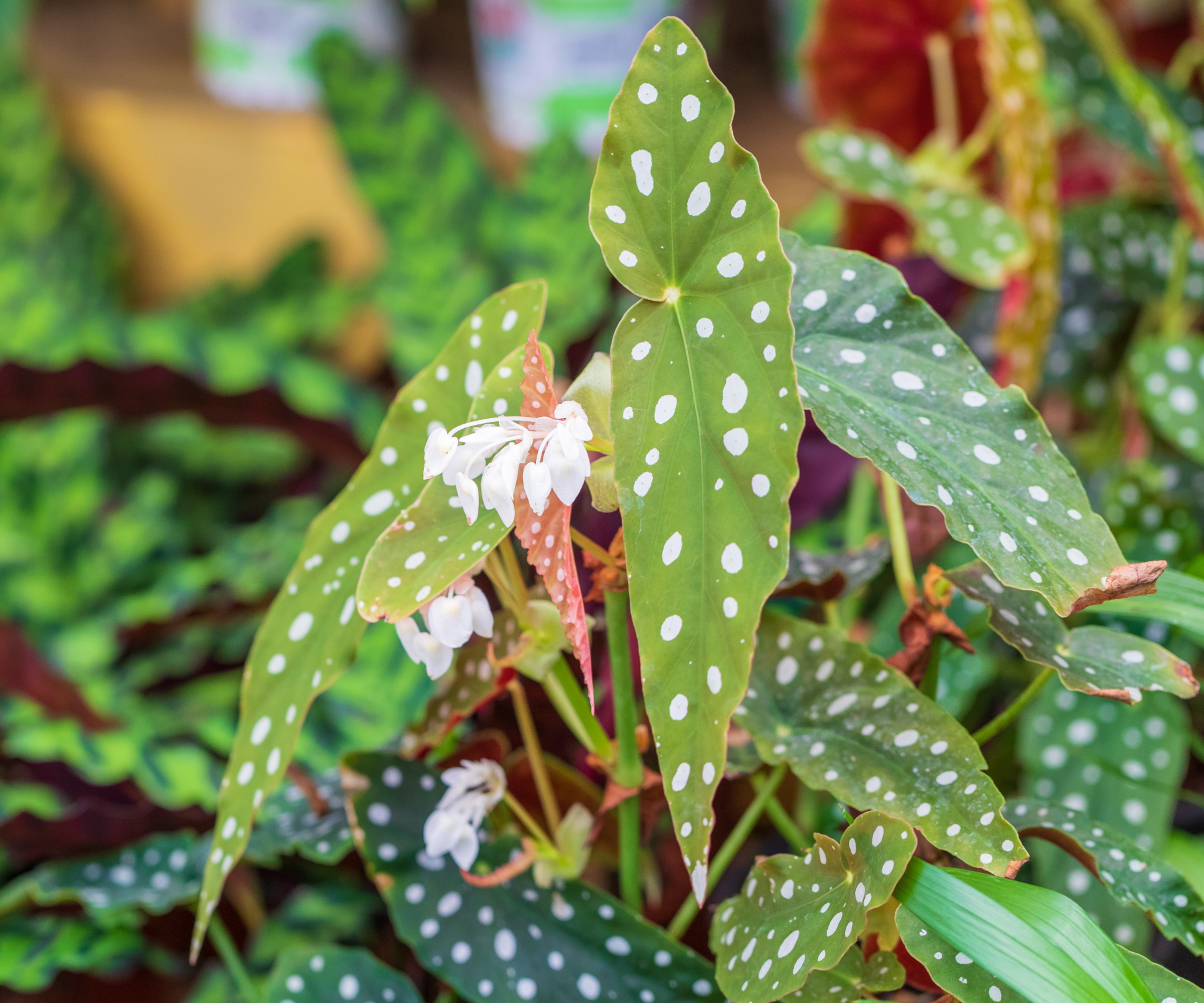
While traditional begonias are undeniably pretty, they lack the lavishness of cane begonias – truly one of the most striking luxury plants around.
'These aren’t your grandmother’s bedding plants. With tall, architectural stems and dramatic foliage, cane begonias add an artistic, unexpected flair,' says Seth.
'Best in part shade, they thrive in humid summers and mild winters (zones 9–11), but they will do beautifully in containers elsewhere.'
FAQs
How can I give my garden the wow factor?
If you want your garden to look amazing, Creative Director and Vice President for the Philadelphia Flower Show, Seth Pearsoll, insists that tropical plants (such as alocasia, colocasia, and caladiums) are a must.
'Thanks to their bold, oversized leaves, these plants are drama queens – in the best way,' he says. 'They love heat and humidity, and they shine in containers that can move with the sun, and are typically grown as annuals in colder zones or overwintered inside (zones 8–11).'
If you really want to reap the benefits of these luxury plants, though, Seth adds that 'it’s not just one plant; it’s the contrast'.
'Mixing lush tropicals into more restrained gardens creates tension and intrigue. Like wearing one piece of couture with a classic outfit, it makes the whole space feel styled, not accidental,' he explains.
When it comes to choosing the best luxury plants for your garden, then, the trick is to focus on those varieties that will truly rise to the occasion; think sculpted topiary, underrated evergreens, and statement climbers. Even the humble perennial, when chosen with care, can exude understated glamour.
Whichever you choose, just be sure to do your research first; a luxurious plant quickly loses its appeal if it's wilting, browning, and struggling to thrive, after all.

Perfect for growing wisteria vines, this 'Myrtlewood Planter' by Gracia Oaks has a natural design that can complement any yard.

Carry your garden tools with ease using this stylish gardening tote. Available in two stunning colors, the waxed coating will be super durable and will only improve with age.

Made from durable, lightweight material this planter would add an expensive look to a patio, whilst being fade, frost, and weather-resistant.

Kayleigh Dray is an experienced writer and editor within the world of digital journalism. She writes for Homes & Gardens on a range of gardening topics, from chicken keeping to landscape design. She is currently giving her own backyard a woodland-inspired makeover – and there have been whispers of a vegetable plot, too.